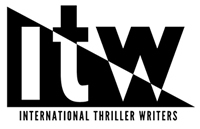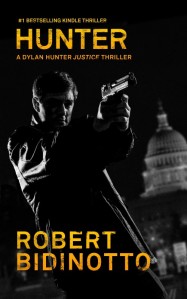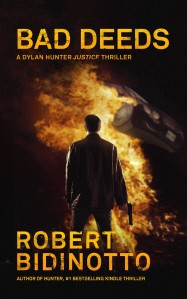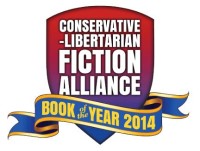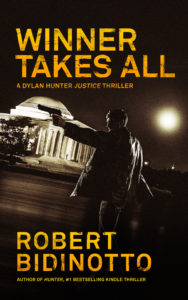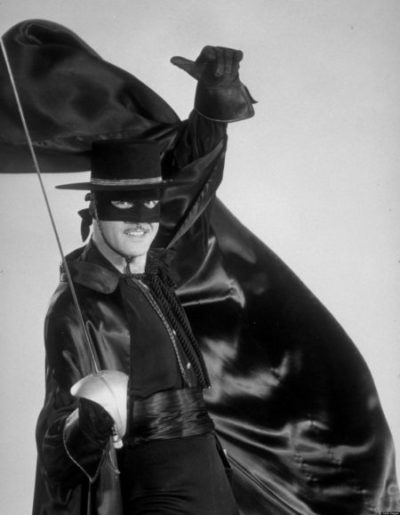
I missed this article — “Zorro: The Archetypal American Vigilante” — when it was published in (surprisingly) The Washington Post in early January 2021. Writer Michael Sragow’s celebration of the 100th year of Zorro’s cinematic history gets just about everything right, except for the political implications of this American individualist hero:
“This moral rebel, who leaps into battle with a smile and the motto ‘justice for all,’ set the stage for all the gallant swashbucklers who followed. His agility at balancing alter egos spawned the seminal comic-book heroes Superman and Batman. He has always symbolized a bold America with beaming optimism and democratic virtues of tolerance and inclusiveness. All of which makes him an inspirational figure for 2021, his 100th year in movies.”
Zorro, “the Fox,” first stormed into our cultural imagination — and history — in The Curse of Capistrano, a 1919 novel by pulp-fiction writer Johnston McCulley. He was brought to life onscreen the next year by actor Douglas Fairbanks, Sr., who embodied the original “caped crusader” in the popular 1920 film “The Mask of Zorro.” McCulley went on to crank out a long series of popular sequel novels, and over time, more cinematic incarnations followed. Zorro’s fame skyrocketed with the Walt Disney television series of the 1950s, starring Guy Williams (see the photo atop this post). Riding a mighty black stallion, his black cape flowing behind him in the wind, and carving the initial “Z” with his sword wherever he went, the Guy Williams TV incarnation captured the imagination of every young boy of the era, self included. The TV show’s theme song became an indelible memory:
Zorro, Zorro…the Fox, so cunning and free!
Zorro, Zorro…who makes the sign of the “Z.”
The character has been copied, adapted, re-imagined, and resurrected ever since — and he has served as a model for a vast multitude of action-thriller vigilantes and comic-book heroes to this day.
Given the publication he writes for, Sragow tries to put the obligatory liberal spin on the iconic hero, but it doesn’t really fit. Zorro is a champion of the American outlook on life, and of our individualist values and virtues. He embodies the spirit of the irrepressible individual standing against the oppressive state, with individual rights and equal liberty for all as his personal crusade. He exudes America’s historically fearless, joyful, can-do spirit. In his romantic idealism, he is anything but a pallid reflection of today’s “victim” psychology and coarse cynicism.
Zorro is himself the descendant of a long line of fictional rebels and vigilantes, including Robin Hood; the witty poet-and-swordsman Cyrano de Bergerac; Edmond Dantes, “the Count of Monte Cristo”; and Sir Percy Blakeney, the “Scarlet Pimpernel.” His persona draws elements from all of these, but perhaps his nearest ancestor is “the elusive Pimpernel.” Like him, Zorro too operated publicly under a symbolic warrior identity, but disguised any connection to his actual private identity behind the facade of a foppish aristocrat — a masquerade role that threw off his enemies’ suspicions.
From this literary and mythic ancestry, the article does a good job tracing Zorro’s own seminal influence as the progenitor of countless cinematic and literary swashbucklers, vigilante action heroes, and costumed comic-book superheroes. Zorro/Don Diego de la Vega was the direct model for the two original superhero icons, Batman/Bruce Wayne and Superman/Clark Kent — as was acknowledged explicitly by their creators. From them came just about every other vigilante superhero whose costume and mask camouflaged an ordinary identity.
Consider the endless variations on this archetype over the past century: “The Saint,” Simon Templar; “The Shadow,” Lamont Cranston; “The Lone Ranger,” John Reid; Paladin — the 1950s TV Western gunfighter-for-hire — “a knight without armor in a savage land,” who otherwise enjoys the genteel life of a San Francisco dandy; Paladin’s updated crusader-for-hire, Robert “The Equalizer” McCall; Mack “The Executioner” Bolan, the one-man vigilante army who became the founding father of the male, action-adventure pulp thrillers of the 1970s; Bolan’s direct descendant, Frank “The Punisher” Castle; Matt “Daredevil” Murdock…the list goes on and on. Even novelist Ayn Rand reputedly found in the cunning crusader the inspiration for Francisco D’Anconia, one of the heroes of her novel Atlas Shrugged. All are variations on the Zorro vigilante character, examples of what mythologist Joseph Campbell called “the hero with a thousand faces.”
The indelible and universal appeal of such characters is that they symbolize some of our deepest needs and yearnings.
First, they are psychological projections of our own secret fantasies of personal empowerment: our wish and hope that buried somewhere within us lie hidden powers and abilities we can draw upon to exalt ourselves above a mundane existence, in order to forge a colorful, romantic, exciting, and profoundly meaningful life.
Second, the “rebel” aspect of these characters resonates with our desire to break out of the stifling constraints of social conformity.
And third, the “vigilante” element of their crusading taps into our moral craving for justice, in a chaotic and cynical world of rampant injustice.
Zorro and his many literary sons and daughters symbolize our quest for selfhood, identity, independence, and personal fulfillment. These heroes and heroines are models of courage, hope, idealism, and romance.
Readers of my own thrillers should immediately grasp how profound an influence the Zorro character has had upon my Dylan Hunter hero. Along with two of his fictional heirs, Batman and The Lone Ranger, Zorro was my childhood fantasy figure, embodying every virtue I admired and aspired to. That’s why reading this unexpected newspaper tribute to Zorro filled me with nostalgia, and a renewed appreciation for the deep personal and professional influence “the Fox, so cunning and free” has had upon me.


 Photo (c) by Debbie Scott
Photo (c) by Debbie Scott
